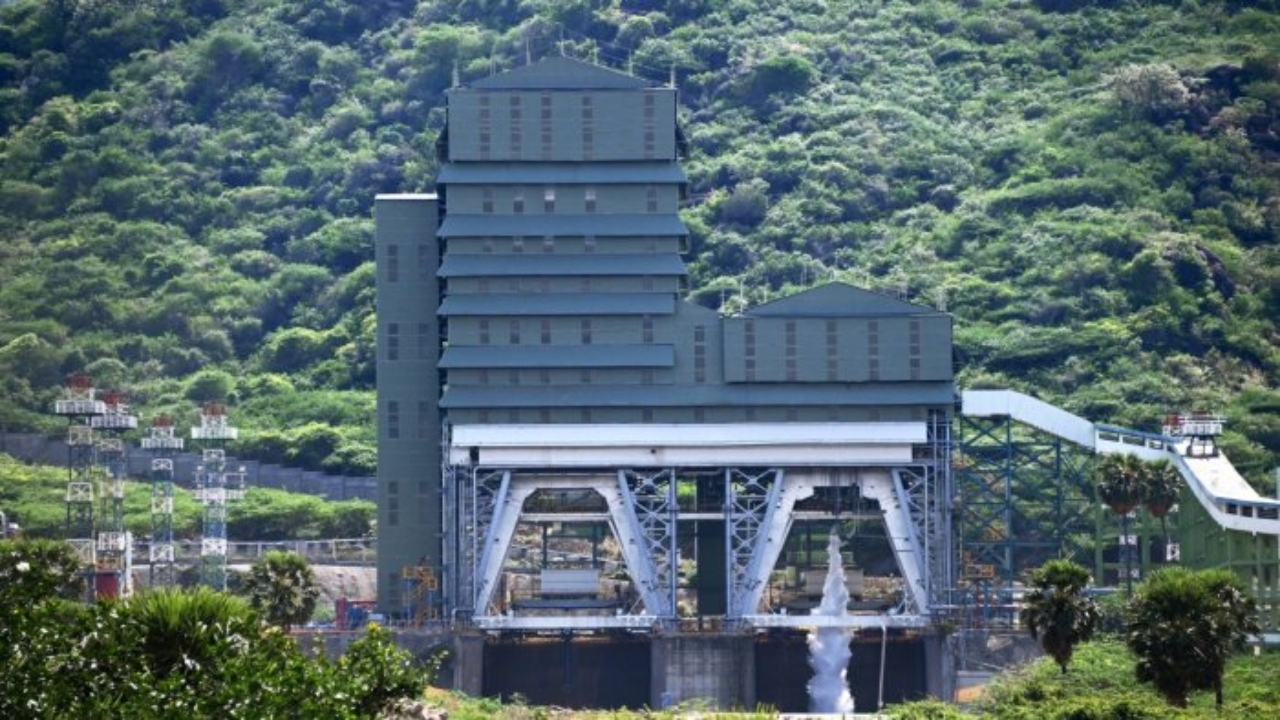Bengaluru, NFAPost: In a recent development, the Indian Space Research Organisation (ISRO) terminated the first hot test on an intermediate configuration of a semi-cryogenic engine after encountering an unexpected surge in turbine pressure, which subsequently led to a loss of turbine speed. The test, conducted on July 1 at the ISRO Propulsion Complex (IPRC) in Mahendragiri, Tamil Nadu, aimed to evaluate the performance of critical subsystems in the engine’s power head test article (PHTA), a crucial milestone in the development of a 2,000 kN (Kilonewton) thrust semi-cryogenic engine intended for future launch vehicles.
The primary objective of the test was to validate the integrated performance of key components such as the gas generator, turbo pumps, pre-burner, and control systems. The test involved a short-duration hot-firing of 4.5 seconds, primarily focusing on the ignition and generation of hot gas within the pre-burner chamber, which powers the main turbine responsible for driving the fuel and oxidizer pumps.
According to a statement released by ISRO, the test initially proceeded as expected, validating the ignition and subsequent performance of the PHTA for the first 1.9 seconds. However, at the 2.0-second mark, an unforeseen spike in turbine pressure occurred, causing a subsequent loss of turbine speed. As a precautionary measure, the test was terminated. ISRO is currently analyzing the data obtained during the test to gain a better understanding of the issue before proceeding with further hot tests for longer durations.
The semi-cryogenic engine under development utilizes a propellant combination of liquid oxygen and kerosene. The power head test article (PHTA) represents the first hardware test in the engine development program and plays a vital role in validating the engine’s design and performance characteristics.
The test was conducted at the recently established dedicated test facility at IPRC, exclusively designed for testing semi-cryogenic engines and stages. ISRO initiated the testing of the PHTA in May at this facility, marking a significant step forward in their efforts to develop advanced propulsion technologies for future space missions.
While the termination of the hot test presents a temporary setback, ISRO’s commitment to furthering its semi-cryogenic engine development remains unwavering. The organization’s continued efforts in analyzing the test data will provide valuable insights to rectify the issue and pave the way for subsequent hot tests and the eventual realization of this promising propulsion technology.





